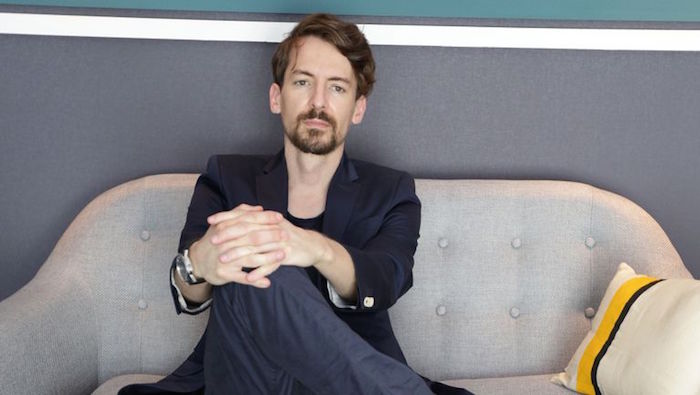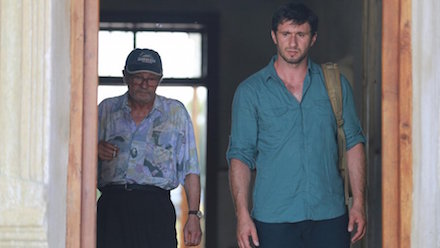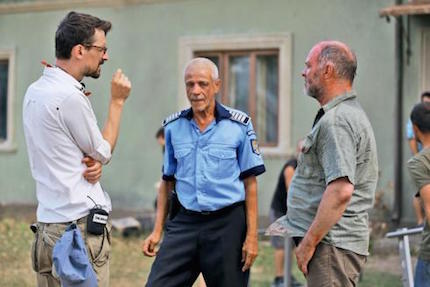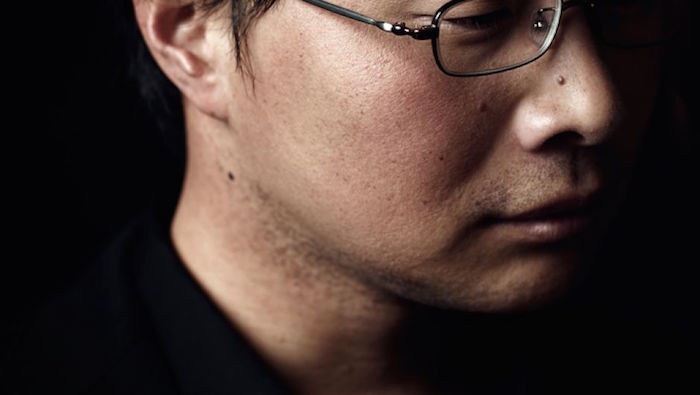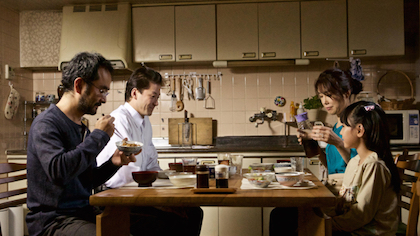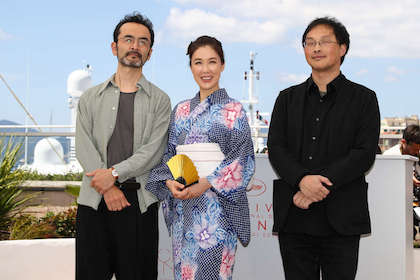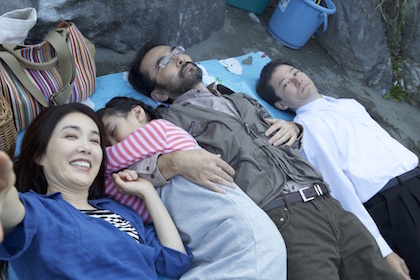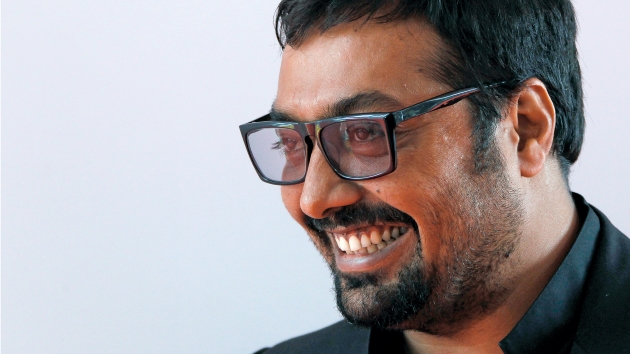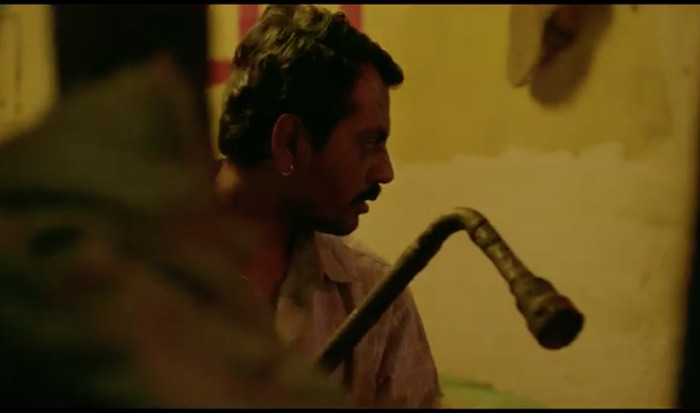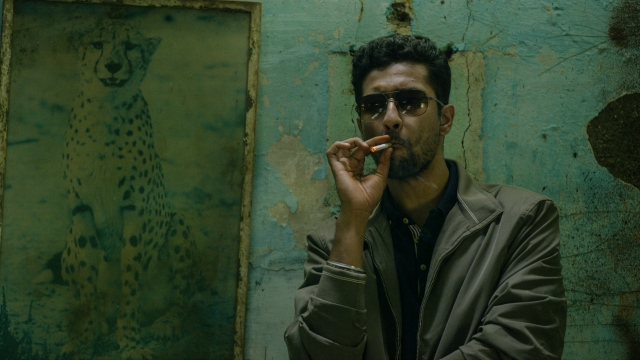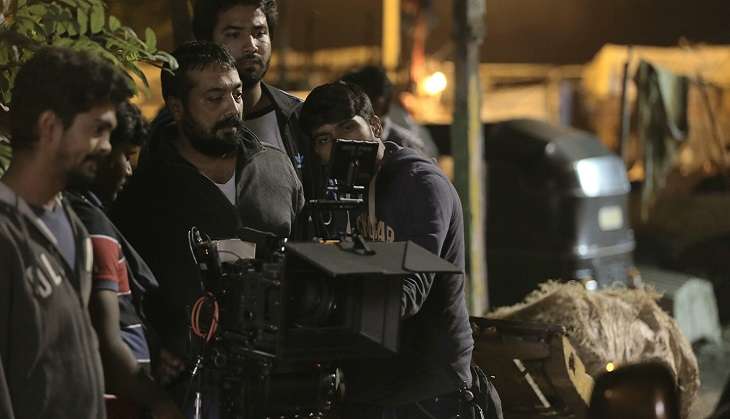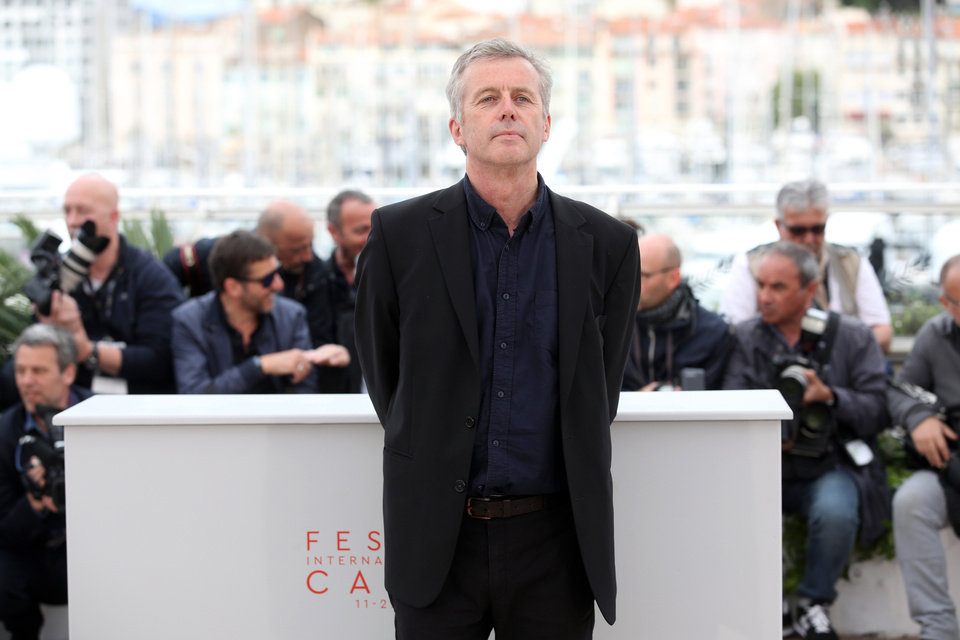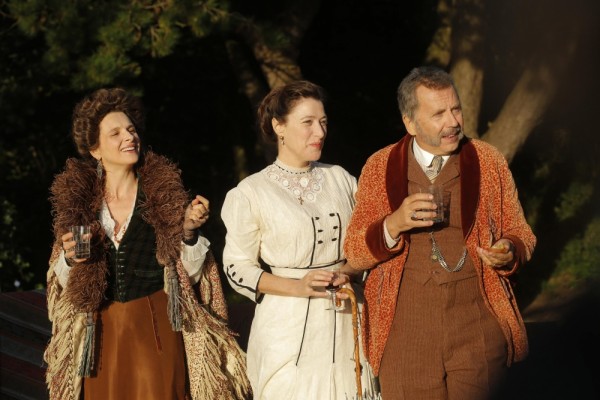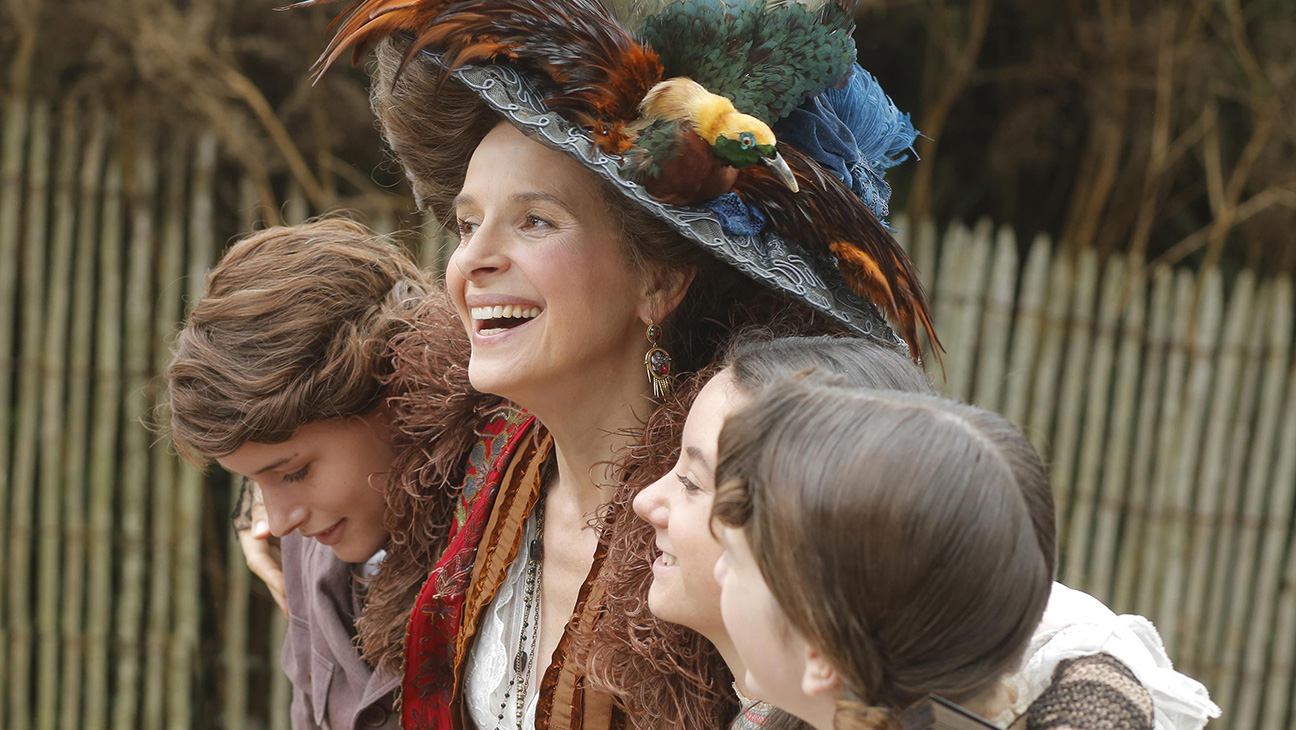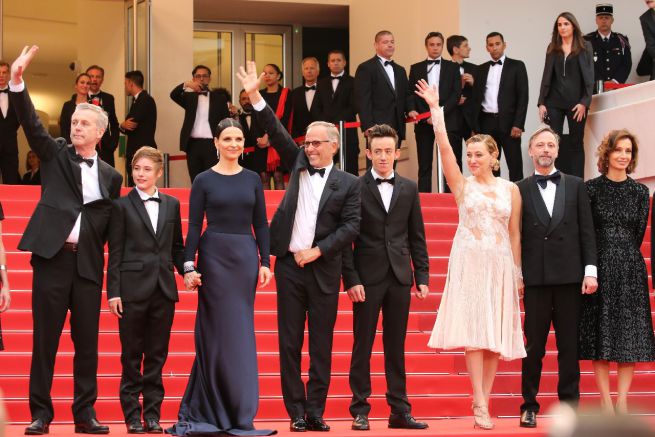DEADHOUSE DARK IGNITES THE CANNESERIES COMPETITION LINE-UP.
 Friday, February 28, 2020 at 1:18PM
Friday, February 28, 2020 at 1:18PM CANNES: Flying the flag for the Australian genre sector at the 2020 Canneseries Short Form Competition will be the highly-anticipated web-series, Deadhouse Dark, created by Australia’s own horror mastermind Enzo Tedeschi. The series is one of ten international entrants in the competitive strand and will face off against productions from Canada, Finland, Sweden, Argentina, Norway, Poland, The USA and France.
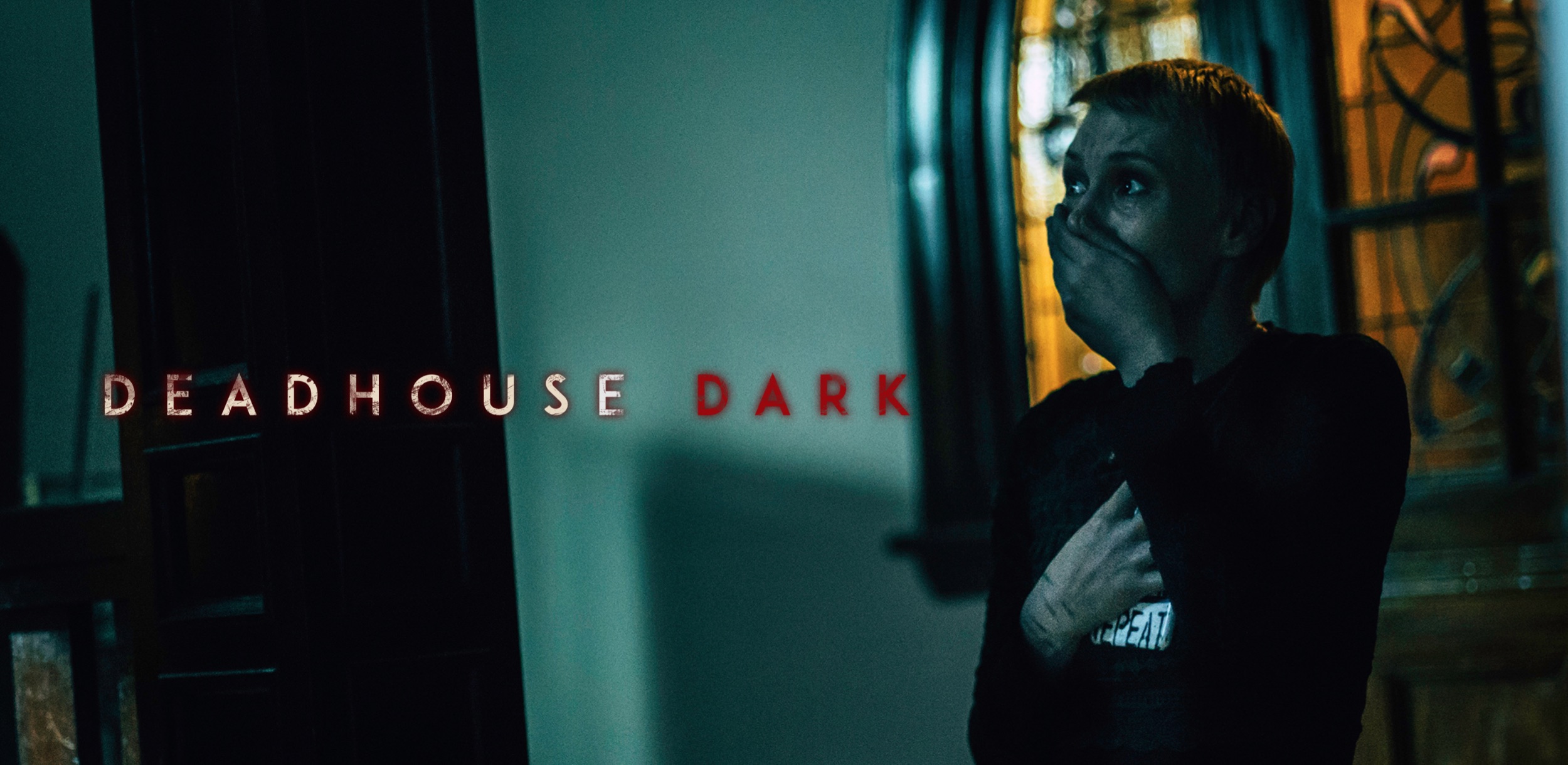
Running concurrently with the annual television mega-market MIP-TV, Canneseries takes place from March 27 to April 1. In 2019, the Australian series Over and Out took top honours and was quickly shepherded into long-form development. This year, the judging panel consists of actors Jamie Bamber (Band of Brothers; NCIS; Battlestar Galactica) and Erin Moriarity (True Detective; The Boys) and French director Timothée Hochet (Relationship; Studio Bagel; Calls).
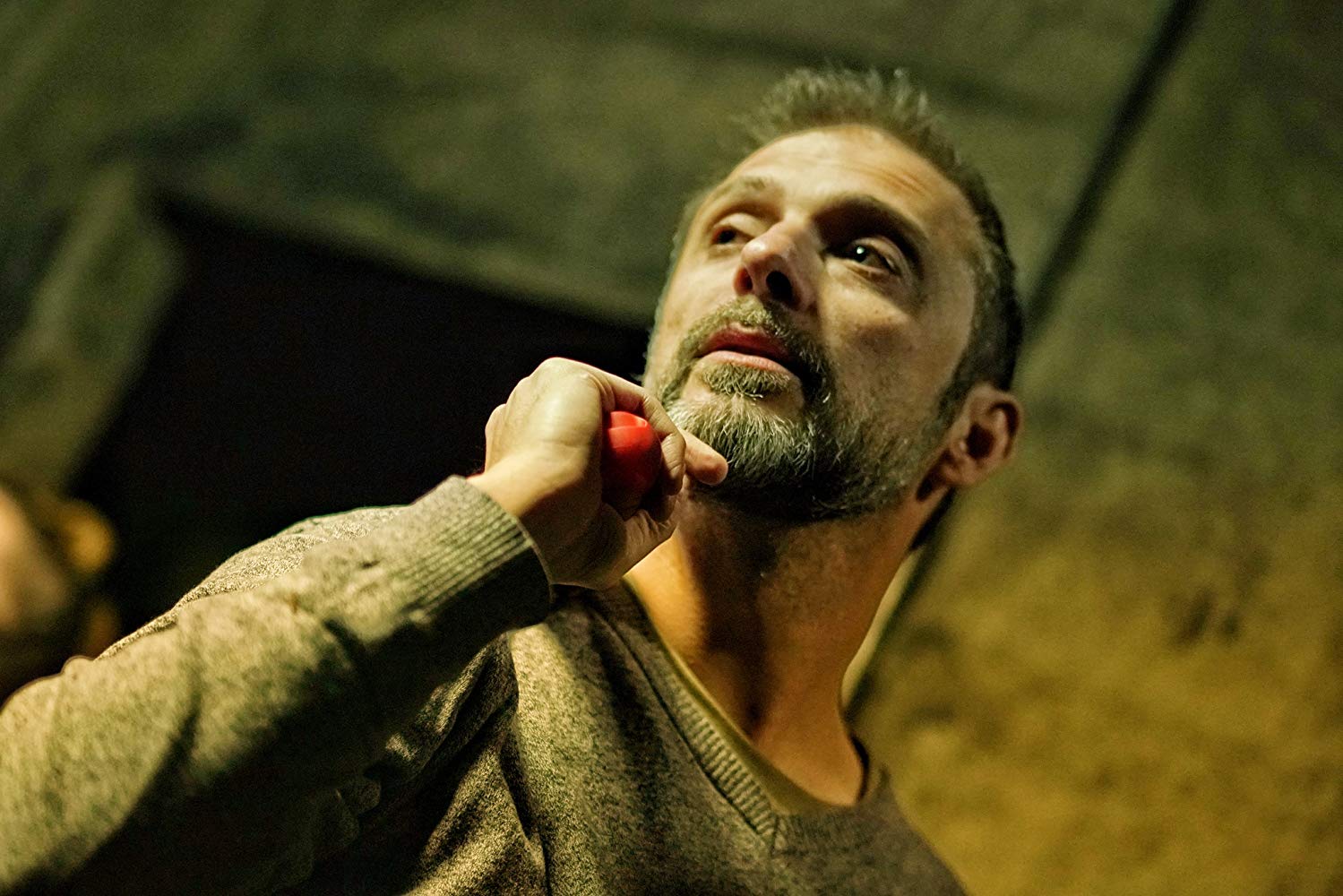 An anthology of six interconnected horror short films, Deadhouse Dark is anchored by a narrative concerning a woman who receives a mystery box via the ‘dark web’; within the box are items that gradually unveil dark and troubling truths. Slated for an online release in late 2020, the project features actors Nicholas Hope, Zoe Carides, Lauren Orrell, Jenny Wu and Barbara Bingham and directors Rachele Wiggins, Rosie Lourde, Megan Riakos, Denai Gracie and Joshua Long. Tedeschi himself steps into the helmer’s chair for the first episode, an online dating-themed chiller called ‘A Tangled Web We Weave’.
An anthology of six interconnected horror short films, Deadhouse Dark is anchored by a narrative concerning a woman who receives a mystery box via the ‘dark web’; within the box are items that gradually unveil dark and troubling truths. Slated for an online release in late 2020, the project features actors Nicholas Hope, Zoe Carides, Lauren Orrell, Jenny Wu and Barbara Bingham and directors Rachele Wiggins, Rosie Lourde, Megan Riakos, Denai Gracie and Joshua Long. Tedeschi himself steps into the helmer’s chair for the first episode, an online dating-themed chiller called ‘A Tangled Web We Weave’.
"It's an honour to be premiering this project in such a hallowed space,” says Tedeschi (pictured, above), whose status as one of our leading genre producers is unrivalled in the wake of his features, The Tunnel (2011), A Night of Horror Vol. 1 (2015), Skinford (2017) and Event Zero (2017). “It's the perfect way to kick-off getting the series out to audiences. We're also proud to be representing as the only Aussies in the mix of ten series selected from around the globe. I'm hoping we can find the right partners to be able to move into a longer show format as soon as possible."
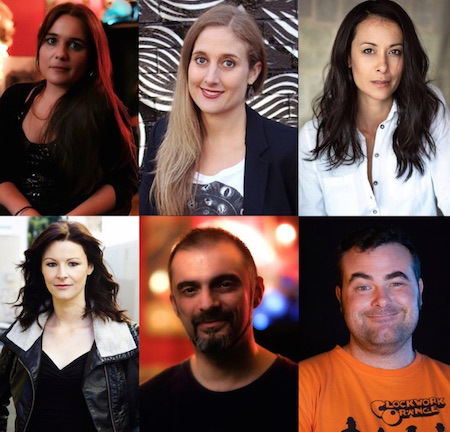 One of the sectors’ most vibrantly creative young producers, Rachele Wiggins further enhances her industry standing with her debut behind the camera, directing the segment ‘Mystery Box’. “To be recognised internationally at such a prestigious festival is a huge boon for the Australian genre filmmaking community,” says Wiggins, who co-produced Deadhouse Dark with Tedeschi. “I’m incredibly proud of the wonderful mix of diverse creative voices who made [it] possible, most of whom are emerging talents within the industry. A World Premiere at Canneseries will be an opportunity to showcase that talent and get people to see more of what Australia has to offer.” (Pictured, right; clockwise from top left - Rachele Wiggins, Megan Riakos, Rosie Lourde, Joshua Long, Enzo Tedeschi and Denai Gracie).
One of the sectors’ most vibrantly creative young producers, Rachele Wiggins further enhances her industry standing with her debut behind the camera, directing the segment ‘Mystery Box’. “To be recognised internationally at such a prestigious festival is a huge boon for the Australian genre filmmaking community,” says Wiggins, who co-produced Deadhouse Dark with Tedeschi. “I’m incredibly proud of the wonderful mix of diverse creative voices who made [it] possible, most of whom are emerging talents within the industry. A World Premiere at Canneseries will be an opportunity to showcase that talent and get people to see more of what Australia has to offer.” (Pictured, right; clockwise from top left - Rachele Wiggins, Megan Riakos, Rosie Lourde, Joshua Long, Enzo Tedeschi and Denai Gracie).
‘That talent’ includes Rosie Lourde, who directs Naomi Sequeira in the unsettling ‘Dashcam_013_20191031.mp4’, a car-crash drama told completely from the perspective of a dashboard camera (pictured, below); Megan Riakos, writer and director of ‘No Pain No Gain’, the story of a competitive runner desperate to win at any costs; Denai Gracie, whose ’The Staircase’ follows a group of adventurers as they face what lurks in the supernatural darkness; and, Joshua Long, director of ‘My Empire Of Dirt’ about a ‘death midwife’ tasked with helping a woman ease into a peaceful death despite being haunted by her past.
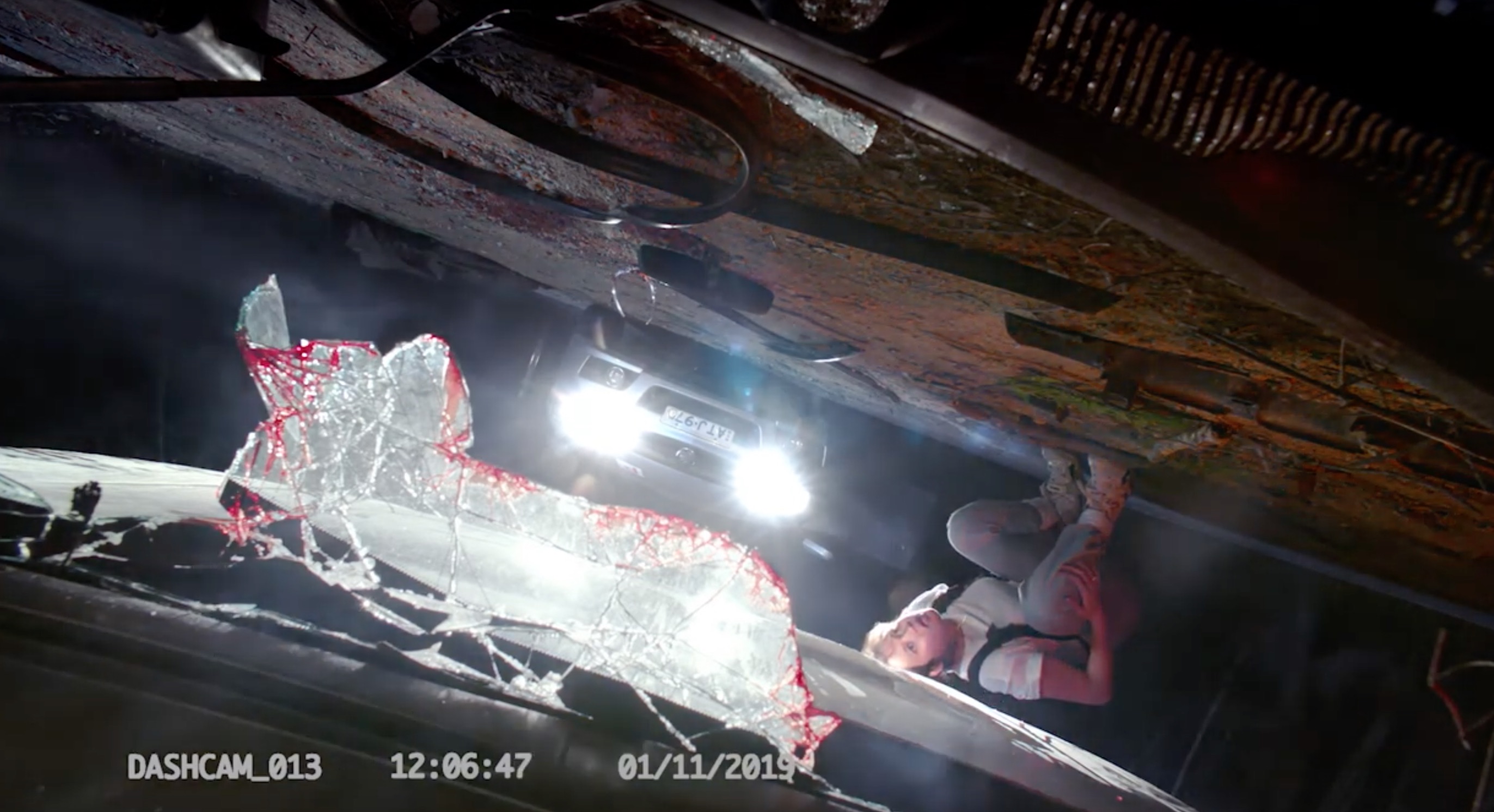 Principal funding was sourced from Screen Australia, with support granted from Screen Queensland and Silent Assassin Films. Especially developed for an online audience, Deadhouse Dark reflects the changing nature of industry investment, with government funds for the sector increasingly slated for non-theatrical projects. The project provides further evidence of Screen Australia's ongoing re-definition of the production sector, as detailed by Screen Australia's CEO Graeme Mason's recent comments regarding funding and sector development at the Berlin Film Festival.
Principal funding was sourced from Screen Australia, with support granted from Screen Queensland and Silent Assassin Films. Especially developed for an online audience, Deadhouse Dark reflects the changing nature of industry investment, with government funds for the sector increasingly slated for non-theatrical projects. The project provides further evidence of Screen Australia's ongoing re-definition of the production sector, as detailed by Screen Australia's CEO Graeme Mason's recent comments regarding funding and sector development at the Berlin Film Festival.
Established in 2018, the Canneseries Festival was formed with the aim of becoming the voice of the new, popular and ultra-creative short-form visual storytelling, by spotlighting new, promising and innovative formats. The award of Best Short Form Series will be handed out during the festival's Closing Ceremony, which will be broadcast on French broadcast giant, Canal +.
 Australian Film,
Australian Film,  Cannes,
Cannes,  Web Series
Web Series 